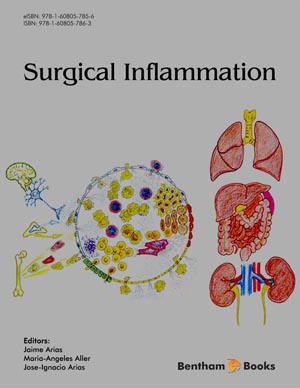Abstract
Post-traumatic inflammation is formed by molecular and cellular complex mechanisms whose final goal seems to be injured tissue regeneration. In the skin, an exterior organ of the body, mechanical or thermal injury induces the expression of different inflammatory phenotypes that resemble similar phenotypes expressed during embryo development. Particularly, molecular and cellular mechanisms are involved in gastrulation return. This is a developmental phase that delineates the three embryonic germ layers: ectoderm, endoderm and mesoderm. Consequently, in the post-natal wounded skin primitive functions related with the embryonic mesoderm, i.e. amniotic and yolk sac-derived, are expressed. Among the primitive function mechanisms involved, neurogenesis and hematogenesis stand out as the prominent ones.
Interestingly, in these phases of the inflammatory response, whose molecular and cellular mechanisms are considered as traces of the early phases of the embryonic development, the mast cell, a cell that is supposedly inflammatory, plays a key role. The correlation that can be established between the embryonic and the inflammatory events suggests that the results obtained from the research regarding both great fields of knowledge must be interchangeable to obtain the maximum advantage.
Keywords: Mesoderm, endoderm, ectoderm, amniotic, yolk sac, mesenchyma, granulation tissue, gastrulation, wound repair, angiogenesis, inflammatory pain, fetal, embryonic, remodeling.






















